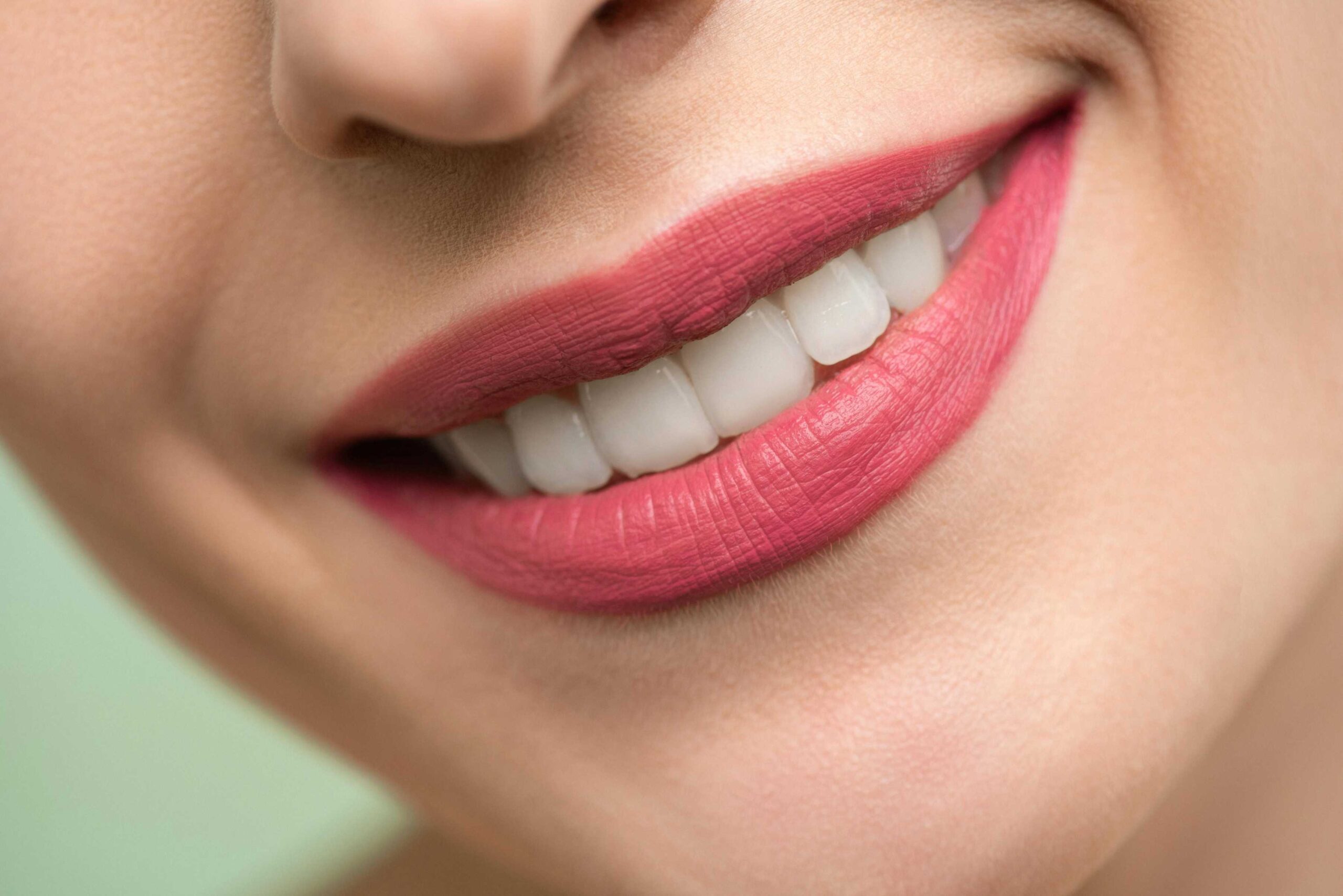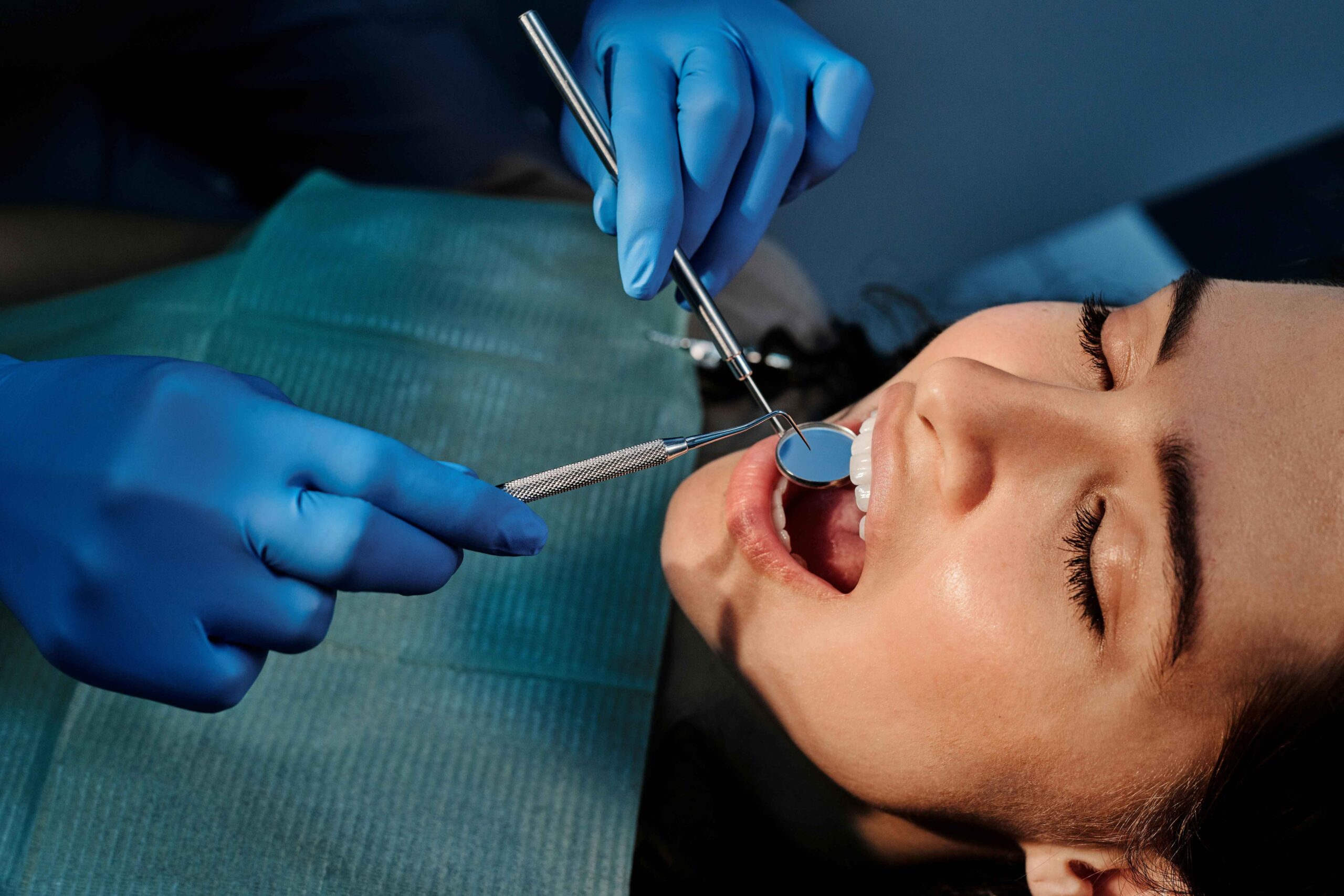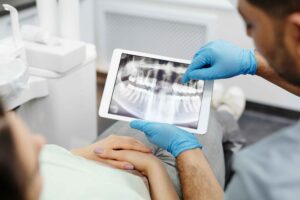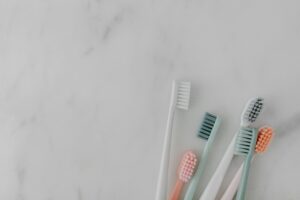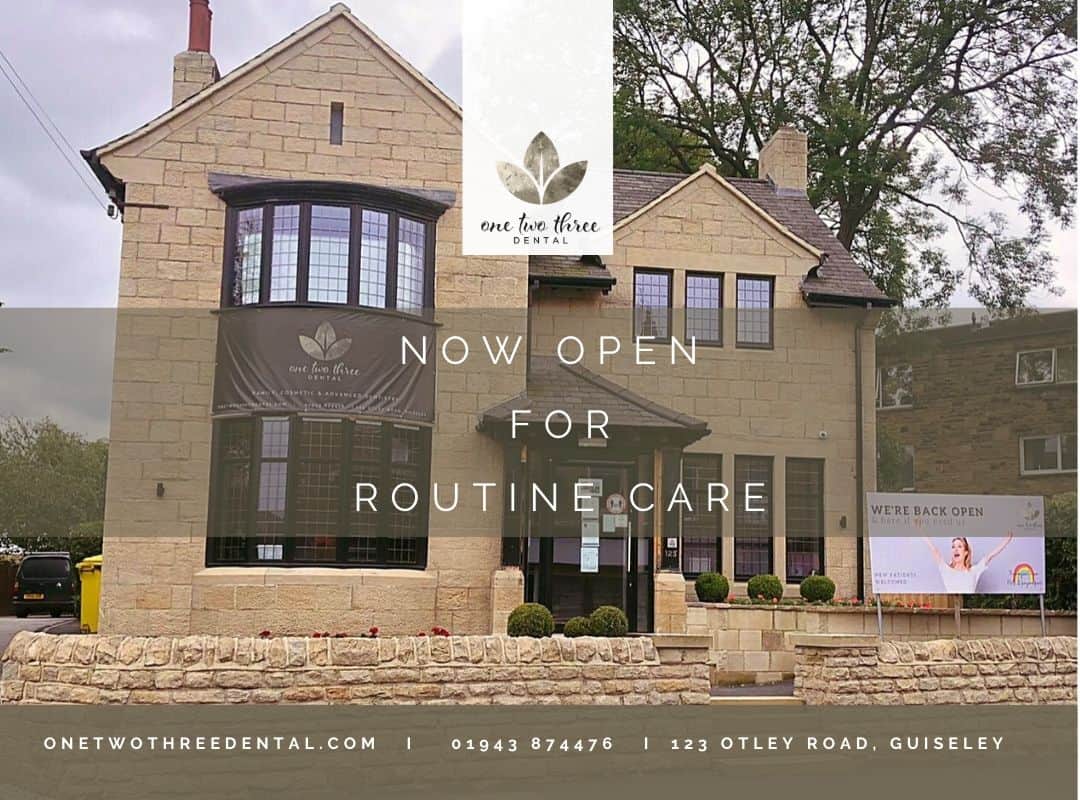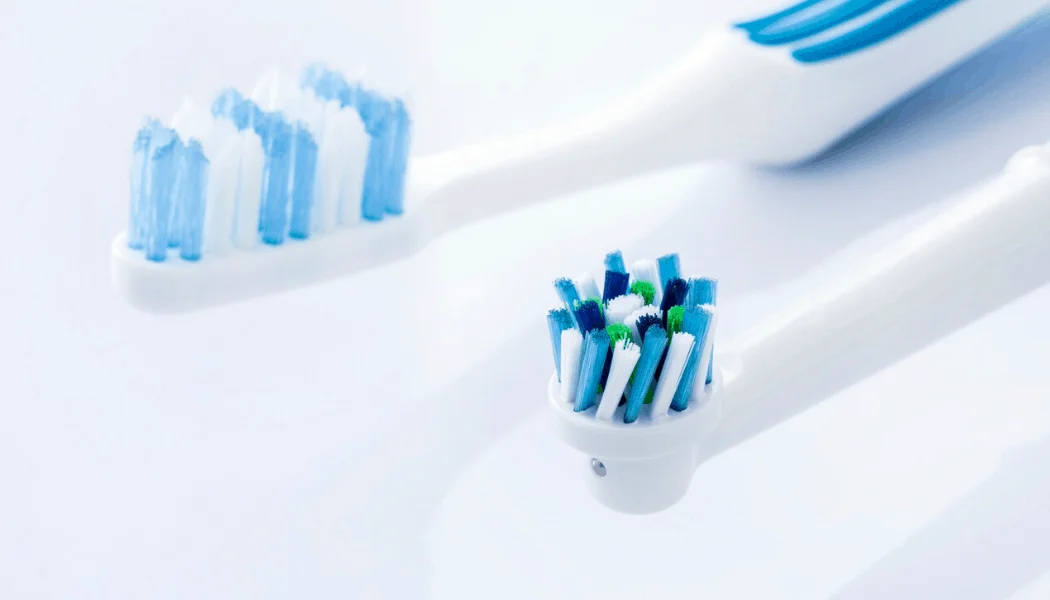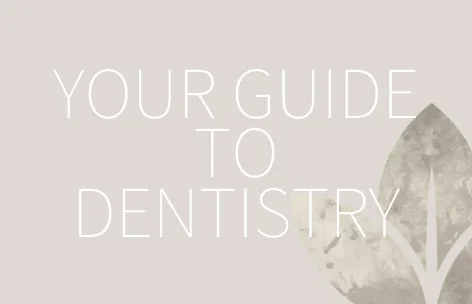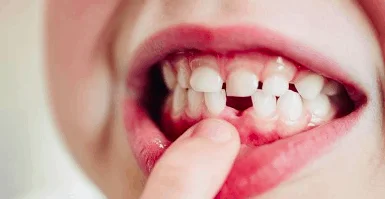The global teeth whitening market is anticipated to reach USD 12.77 billion by 2032 from USD 8.52 billion in 2024, with a CAGR of 5.24%. This figure highlights the fact that people worldwide are increasingly embracing teeth whitening treatment to attain a healthy-white smile and realise the incredible benefits associated with it.
If you are planning for a teeth whitening procedure, you might have some idea about the benefits of the teeth whitening process. But, chances are you are not aware of all of them.
The experienced team at One Two Three Dental – a leading dental practice in Leeds – has put together a list of all possible advantages of teeth whitening treatment. The list will provide you with a run-through of everything one can expect from professional teeth whitening.
1. People Will Get More Attracted towards You
It’s a scientifically proven fact that when you meet people, your smile is perhaps one of the key features that not only allows you to attract more people, but it also helps you create a great first impression on them.
With professional whitening treatment for the teeth, one can expect to have a much easier time making new friends and building professional relationships. It will also give you the confidence that your looks would leave a positive impression during such meetups.
2. You Will Observe a Significant Boost in Your Self-Esteem
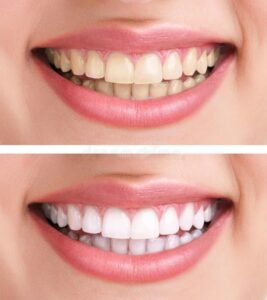
A brighter smile means a more confident you. For the majority of people, their physical appearance is a significant factor to consider with respect to their self-worth.
This means, with the professional teeth whitening procedure, you can immediately realise a boost in the way you perceive yourself. With a brighter smile, you will be glowing and people will surely notice the new version of you.
Also Read: Why Regular Dental Check-Ups Matter: Expert Advice for New Patients
3. You Will Have a Healthier Mouth
Maintaining great oral health is the ultimate aim of any dental procedure since it is an important component of your overall health. Poor mouth health may gradually result in a plethora of health issues. These may include problems, such as heart ailments, digestive issues, cancer, organ failure, and even death in severe cases.
When getting teeth whitening by an experienced dental professional, you will have your dental stains removed in a proper manner, which improves their strength as well as your oral health.
4. Professional Teeth Whitening Is a Fast Procedure
Many dental procedures are time-consuming. Plus, with some procedures, it may take some time – ranging from days to weeks – to see visible benefits. Luckily, teeth whitening treatment is not among such slow procedures.
With teeth whitening treatment, you can expect a qualified dental professional to revive your smile in around two week with a at home kit, there are alternatives for inhouse procedures which can also be discussed with your dentist. While some over-the-counter (OTC) teeth whitening products do make similar claims, the quality of outcomes as well as how fast you can see visible results with a professional treatment is simply incomparable.
5. Professional Teeth Whitening Is a Completely Safe Procedure
If you are planning to have teeth whitening with OTC products, you may need to reconsider your decision. This is because a number of OTC treatments are known to cause severe damage to the tooth enamel and the gum.
With a qualified dental professional in Leeds, you can expect the teeth whitening process to be safe, comfortable and reassuring while receiving the necessary care for your overall oral health. Additionally, you can get expert advice on how to maintain your results.
6. It Will Contribute to Your Personal Hygiene
Let’s face it, people judge you on the basis of their perception of personal hygiene. With stained teeth – no matter if you brush them daily – they will create an opinion about how seriously you take personal hygiene.
Whitening your teeth is a superb option if you want to put your best foot forward and want people to admire your personal hygiene competence.
7. Teeth Whitening Treatment May Benefit Your Mental Health
Professional teeth whitening not only gives you a beautiful smile, but it may also improve your mental health. Poor oral health is known to give rise to many cognitive issues later in life.
When you get your teeth whitened by a qualified dental professional in Leeds, you actually receive the care you need to lower that risk.
Moreover, if you are constantly worried about your physical appearance, it may result in mental health issues. With brighter teeth white and enhanced confidence, you can keep such worries at bay while putting yourself in a position to stay mentally fit.
8. A Brighter Smile for a Brighter Future
A brighter, beautiful smile can be the gateway to new opportunities in life. It might sound narcissistic, but it is a hard fact that looks directly affect how people perceive you.
With a brighter, attractive smile, you are more likely to be noticed in professional meetings, job interviews and social gatherings. This can also positively affect your earning potential.
9. Teeth Whitened Can be Personalised
Every individual is unique, so is their mouth. Hence, the oral procedures must be customised to avoid unwanted damage and maximise potential outcomes. Sadly, OTC products usually offer a one-size-fits-all whitening solution. Considering these whitening options often cause more harm than good.
However, if you are considering professional teeth whitening treatment, you can be 100% sure about the safety of the procedure. The dental professional involved will monitor every step of the way to avoid any complications and to ensure that you are completely satisfied with the outcome.
10. It Is Affordable to Have Professional Teeth Whitening
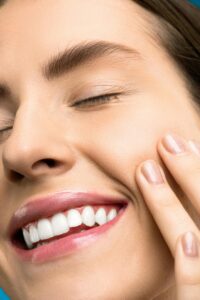
The medical marketplace is flooded with numerous life-changing procedures. Unfortunately, most of them are not affordable for the average person.
However, in light of the myriad benefits offered by professional teeth whitening treatment, you get instant, long-lasting results at incredibly low prices.
So, if you are looking for a teeth whitening procedure with exceptional cosmetic and health advantages and a high return on investment, getting professional teeth whitening is your best bet.
Final Words
While planning to get professional teeth whitening, it is important to know that there are various health and cosmetic benefits of the procedure. Having said that, it is equally crucial to understand the risks associated with teeth whitening through DIY methods.
For enhanced teeth whitening treatment safety and better outcomes, the procedure must always be performed under the supervision of a qualified professional.
Also Read: When to Seek Emergency Dental Services: A Guide for Local Residents
Remember that a brighter, healthier smile is a professional teeth whitening treatment away!
If you live in Leeds and are looking to revive your smile with professional teeth whitening, look no further than One Two Three Dental.
One Two Three Dental has been helping people achieve their dream smile at competitive rates for several decades. Leveraging our unmatched expertise and years of experience, we are committed to offering high-quality dental care service and treatments in the welcoming ambience of our beautiful practice in Guiseley, Leeds.
Whether you have recently moved to Leeds and are searching for a trusted dental practice near you – or you are planning for teeth whitening treatment for the first time, we encourage you to book a consultation with One Two Three Dental today to learn what all we can do to restore or improve your smile.



